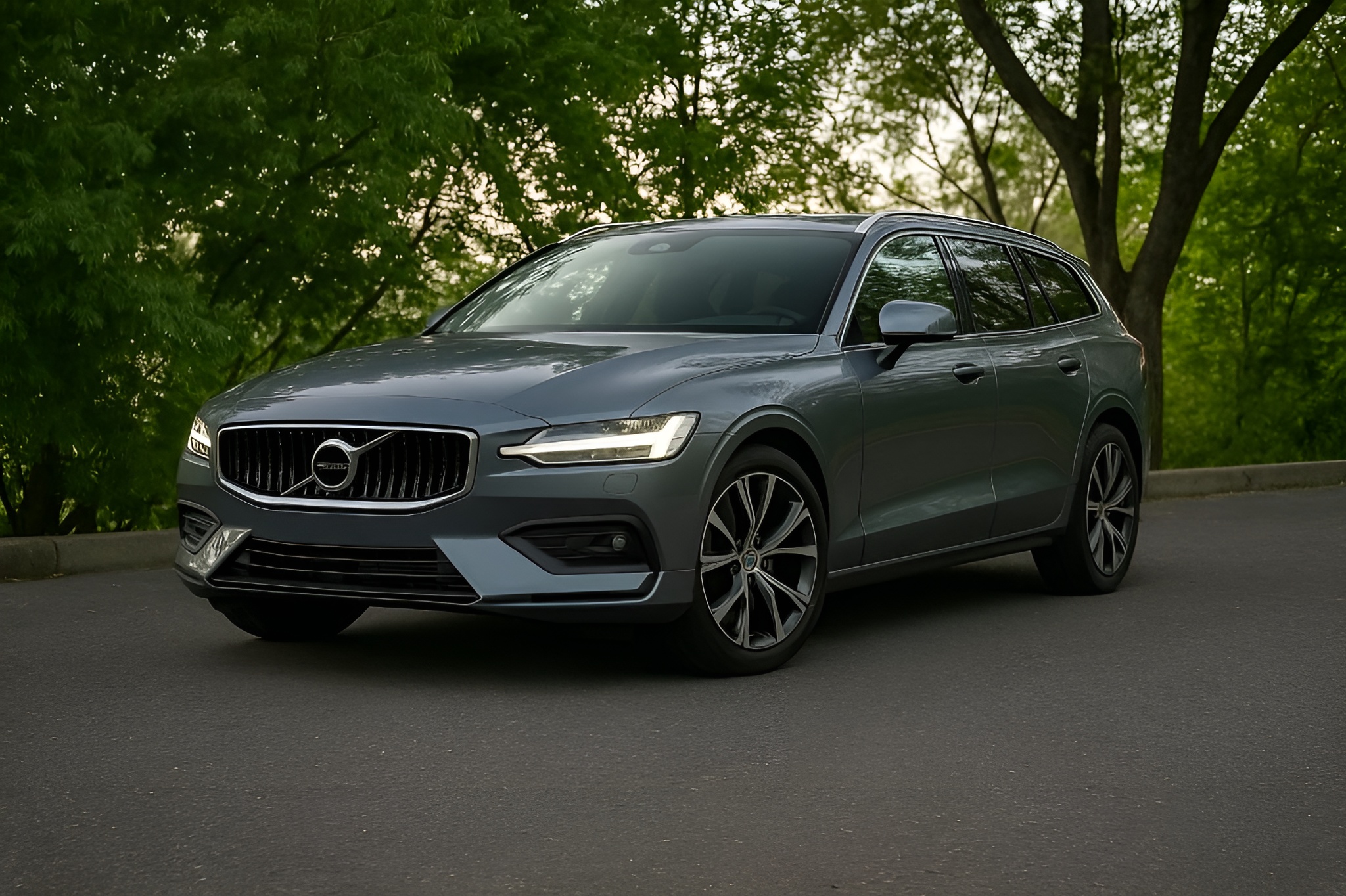
MSRP: $49,800–$71,600
7.6 /10
Rating
Pros
- Premium Scandinavian interior
- Hybrid efficiency standout
- Advanced safety features
Cons
- Limited rear space
- No Android Auto
- Stiff premium trims
2023 Volvo V60 review with Vyocar
Overview
Practicality meets personality in the 2023 Volvo V60 Cross Country, a niche wagon blending SUV toughness with sedan smarts. Its lifted suspension and 8 inches of ground clearance let it manage gravel trails or snowy trailhead parking lots—just don’t expect Moab-level heroics. The 247-horsepower engine feels adequate (not thrilling) for city driving or freeway commutes, returning a respectably efficient 26 mpg combined. While rivals like the Volvo XC60 prioritize space, the V60’s plastic-clad lower trim keeps pinstripes from brush at bay. Shoppers comparing options might also consider the Volvo XC90 Recharge for a plug-in hybrid SUV experience.
The drivability shines where most crossovers falter: corners. Despite its SUV-alternative height, the steering feels precise, and the chassis stays composed—no drab wallowing here. The luxury package elevates the cabin with upscale materials, though rear legroom lags behind competitors. Skip the base engine; the second trim level adds essential perks like heated seats. Tech impresses with faster response times via Google’s built-in system, though losing Android Auto might irk longtime users. Apple CarPlay remains, thankfully. Those eyeing sleeker alternatives might check out the Volkswagen Arteon or the bold Toyota Crown Hybrid Max.
Volvo’s compact station wagons carve a rare groove for driving enthusiasts who love wagons but need extra all-wheel drive grit. The V60 Cross Country isn’t a hot trendy speed machine like the Polestar Engineered models, yet it balances fun driving with everyday sanity. If you crave larger cargo space, the Volvo V90 Cross Country exists—but this one fits better in standard garages. For those tired of dropped luxury SUVs yet still want to stand a little taller, this wagon makes a case without shouting. If electric driving is more your pace, the Hyundai Ioniq 6 presents a compelling sedan with futuristic styling.
What's New in 2023?
Subtlety rules: For 2023, the V60 gets a light styling refresh with reworked front bumpers, sleeker reworked rear bumpers, and sharper new wheels—enhancing its station wagon charm without shouting. Inside, Volvo’s new Google-based infotainment system replaces the clunky old setup, though the central vertically-oriented touchscreen still lags slightly when tapping through its updated interface. The digital gauge display now mirrors maps and media more cleanly, a win for quick glances. V60 Cross Country models inherit these tweaks but skip bold changes, focusing instead on understated polish. Rivals like Audi’s A4 Allroad evolve faster, but Volvo V60 Cross Country updates feel purposeful, not pandering.
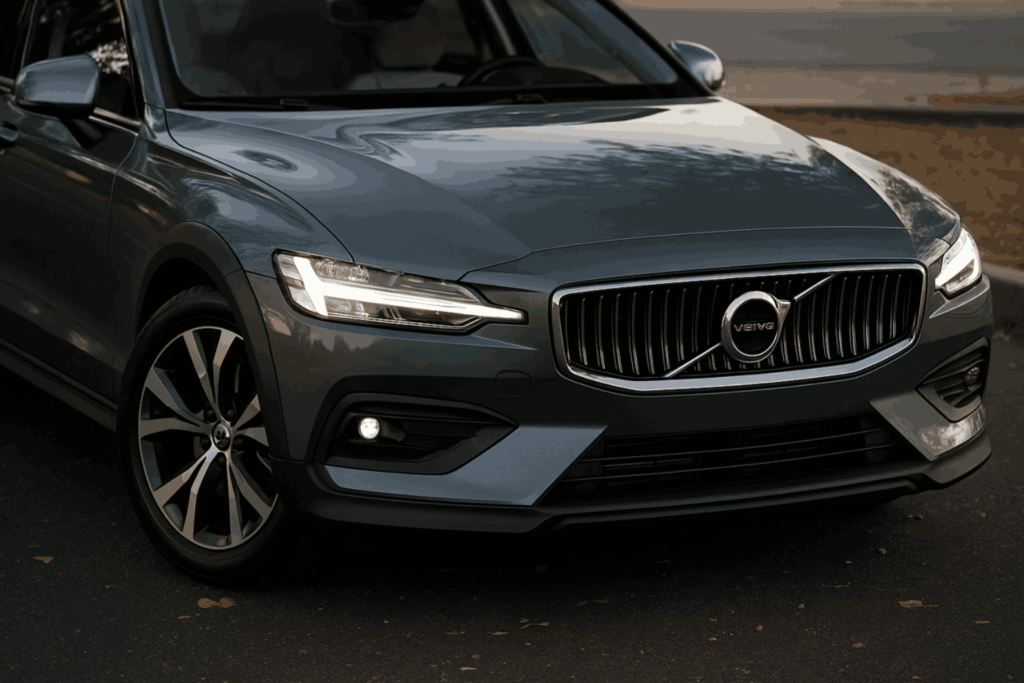
Pricing, Trim Levels, and Best Choice
Starts at 49,895 the 2023 V60 Cross Country offers good value for a lifted wagon with SUV grit, though choices get pricier fast. The Recharge T8 Polestar trim goes all-in with 455 horsepower and electric-only mode, but at 71,645 it’s a compromise—stiff suspension suits racy corners more than daily rides. Skip the base T8 unless you’re willing to forgo luxe styling cues like heated seats. Personally, the mid-tier Cross Country nails it: extra ground clearance without the Polestar price tag. Rivals like Audi’s A4 Allroad cost more for similar performance, but Volvo’s partial electrification gives it a look that’s both modern and judge-friendly.
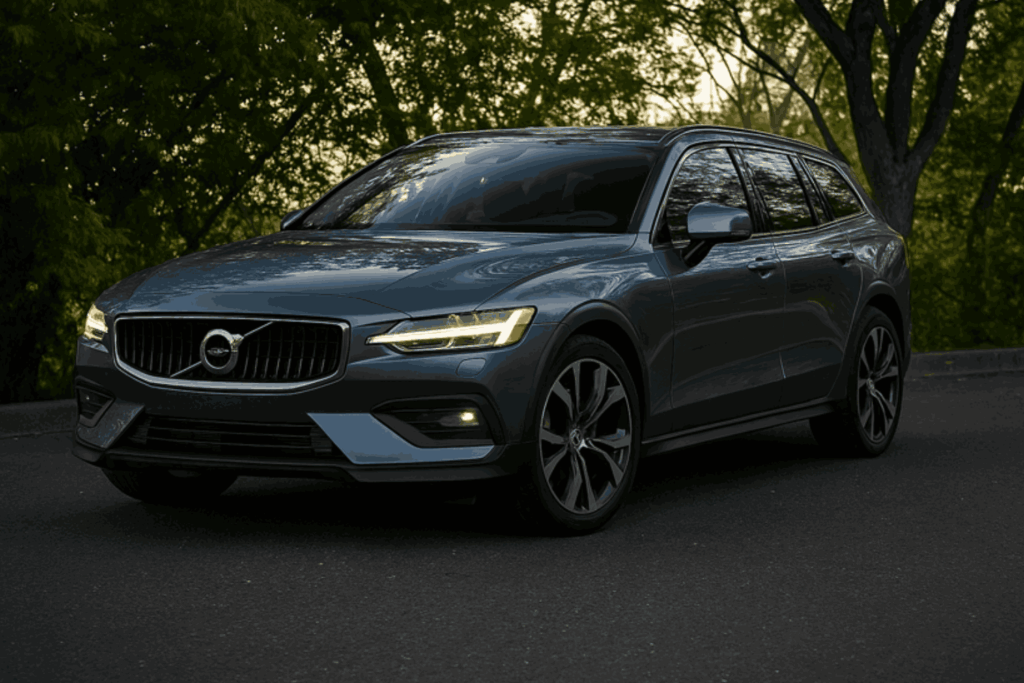
Powertrain, Transmission, and Driving Dynamics
Turbocharged but not tire-shredding, the V60 Cross Country’s 250-hp four-cylinder engine delivers middle-of-the-road driving performance—tested at 7.1 seconds to 60 mph, it’s responsive enough for merging or tooling around town, but won’t thrill driving enthusiasts. The eight-speed automatic transmission shifts relatively smoothly, though it occasionally hesitates when pushing hard. All-wheel drive adds confident grip in wet weather or gravel corners, while the suspension balances comfort and control, avoiding the stiff edge of the Recharge T8 Polestar. Drivers used to the sporty edge of the Lexus RC will find this a more relaxed experience. That 455-hp plug-in hybrid pairs electric motors with a supercharged version of this engine for quicker bursts, but costs significantly more. Daily behavior leans practical: brakes feel strong, and the chassis stays agile without punishing your spine. If you crave dialing in your drive, rivals like Audi’s A4 Allroad offer sharper handling, but Volvo’s setup nails everyday usability. For those leaning green, the Toyota Prius stands out for efficiency, while the Volkswagen ID.4 Pro S brings electric utility to the crossover game.
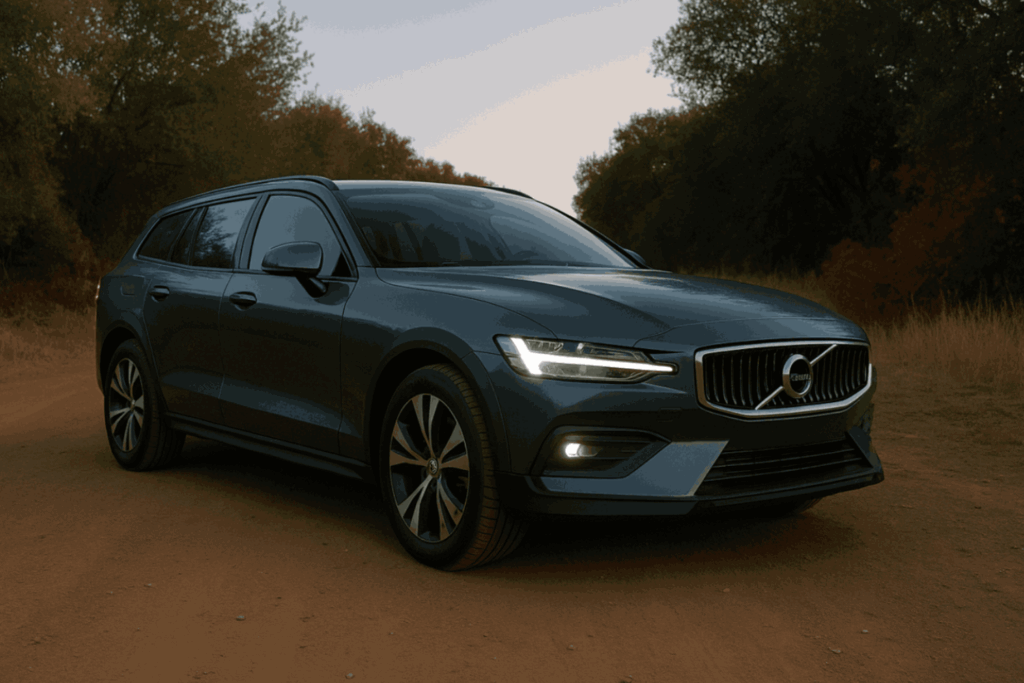
Fuel Efficiency and Driving Range
Numbers tell the fuel-economy story here, but the V60 lineup splits it two ways. The Cross Country’s turbo-four earns a solid 25 combined (24 city/31 highway), and our 75-mph test route saw it hit 29 mpg—better than its EPA rating suggests. But the V60 Recharge T8 Polestar steals the show: this plug-in-hybrid delivers a claimed 74 MPGe in electric mode and up to 41 miles of electric-only driving range, though real-world city commutes might dip closer to 35-38 miles. Switch to hybrid mode, and it still manages a respectable 22 mpg despite its performance-oriented 455-hp powertrain.
Surprisingly, hammering the highway in the Recharge returned 86 MPGe in our testing, stretching its total range to 540 miles—enough for back-to-back road trips without a gas-station chance. For details, the EPA’s website breaks down the ratings, but trust us: few wagons blend this much efficient electric flexibility with a turbocharged grin.
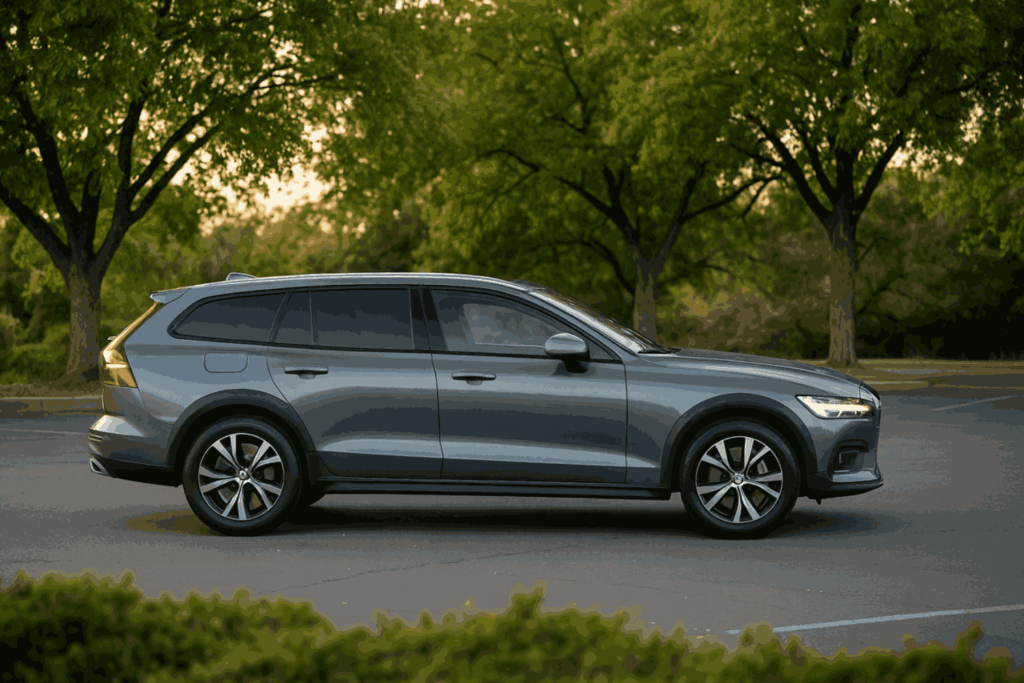
Interior and Comfort
Class meets comfort here: the V60 Cross Country’s interior blends Scandinavian design with plush seat cushions and optional massage functions. The touchscreen’s unconventional icons complicate basic functions like adjusting climate control—a hassle at highway speeds. Outward visibility excels thanks to a squared-off windshield and remote-folding rear headrests, though taller drivers may find the steering column range limited. While competitors like Audi’s A4 Allroad feel sportier, Volvo’s elevated ride height adds SUV-like practicality without sacrificing quiet refinement. Minor drawbacks? Faint wind noise at speed and rear seats that lack extension for long-legged passengers. The 360-degree camera and ventilation upgrades are effective, but skip them if value’s your priority.
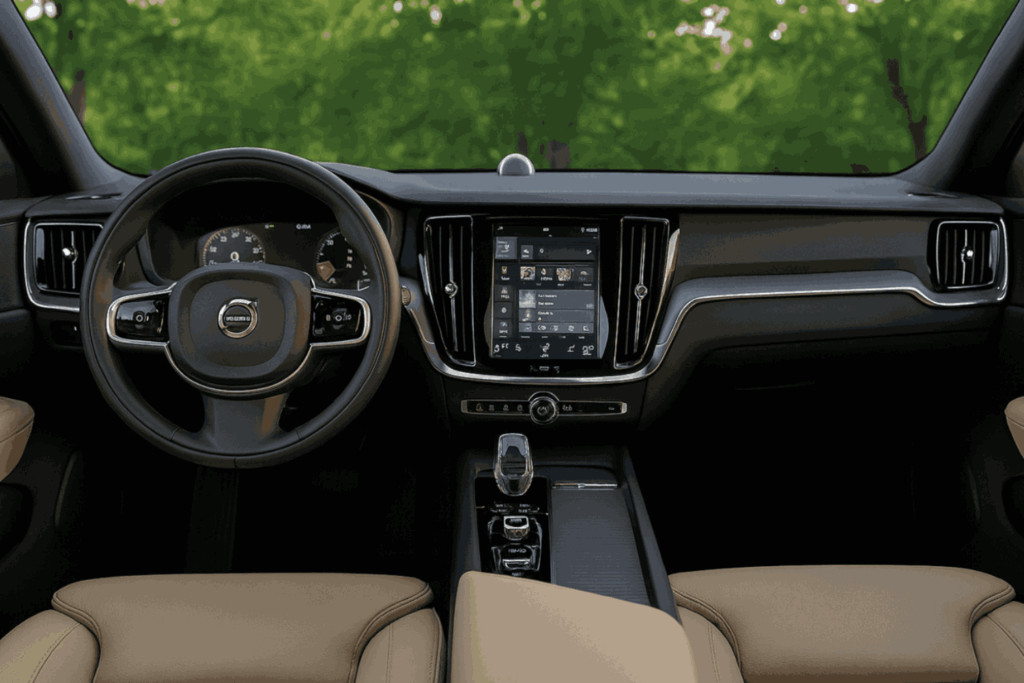
Cargo & Practicality
Utility shines here: this wagon offers 23.2 cubic feet behind its rear seats—modest for the class but plenty for groceries or weekend gear. Fold them flat, and you’ll get 50.9 cubic feet, edging out rivals like the Audi A4 Allroad. The luggage area’s easy-to-load shape fits child seats without gymnastics, though rear-facing infant seats eat into front occupants’ kneeroom. Interior storage for personal effects is decently sized, with door bins swallowing water bottles and a deep center console. It’s no SUV, but the slightly more space over most sedans makes it a best pick for drivers who want handling without sacrificing easy utility. Just don’t expect worlds—a 6-foot-tall box fits, but barely.

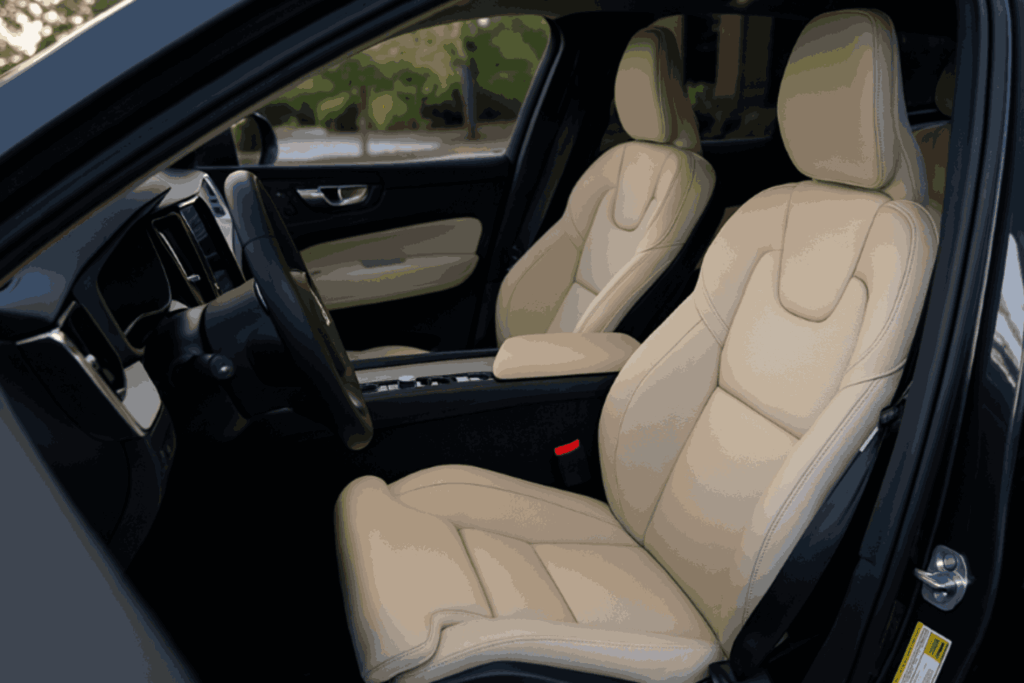
Tech & Connectivity
Streamlined yet occasionally stubborn, the 9.0-inch touchscreen swaps Volvo’s old Sensus Connect system for a Google-based interface that’s quicker and smarter. Google Maps runs built-in navigation systems, while voice commands via Google Assistant adjust temps or find gas stations without finger gymnastics. Apple CarPlay pairs wirelessly, but Android Auto’s absence feels odd for a system powered by Google—relying on the 4G LTE data connection and onboard Wi-Fi hotspot helps. Bluetooth connectivity syncs contacts fast, though the vertically-oriented layout buries driver aids settings in menus. While tested systems like lane-keeping sometimes excessive beeping, rivals like BMW’s iDrive offer easier use at a glance. For a new interface, it’s a better product—just don’t expect automaker-developed systems to bow out quietly.
Safety
Confidence comes standard: Volvo’s safety-focused tech earns top marks, with IIHS and NHTSA crash-test results affirming its crashworthiness. The City Safety Collision Avoidance system detects pedestrians, cyclists, and animals, determines risks, and reacts by applying brakes faster than most drivers—tested during abrupt highway slowdowns. Adaptive cruise control maintains pace smoothly, but the lane-departure warning nudges steering timidly compared to Mercedes’ firmer guidance. Annoyances? Run-off road mitigation chirps unnecessarily on narrow backroads, and the semi-autonomous driving mode requires constant hand pressure. Still, seat belts with pre-tensioning and oncoming lane mitigation add layers rivals like Audi can’t quite match.
Warranty and Maintenance Plan
Coverage feels middle-of-the-pack: Volvo’s limited warranty spans four years or 50,000 miles, matching the luxury-brand norm but trailing Hyundai’s 10-year powertrain guarantee. The complimentary maintenance plan covers basics like oil changes for three years or 36,000 miles—handy, but shorter than BMW’s offering. While the standard protection plan won’t break budgets, rivals like Lexus add longer scheduled maintenance perks. For value, it’s sufficient, not standout.
Key features:
✅ Four-year/50,000-mile basic limited warranty.
✅ Three-year complimentary maintenance for routine services.
✅ Powertrain coverage aligns with peers but lacks extended options.
| Criteria | Rating |
|---|---|
| Performance | 7/10 |
| Fuel Efficiency | 8/10 |
| Interior and Comfort | 8/10 |
| Technology | 7/10 |
| Safety | 9/10 |
| Reliability | 7/10 |
| Price and Value | 8/10 |
| Cargo Space | 7/10 |
| Overall | 7.6/10 |


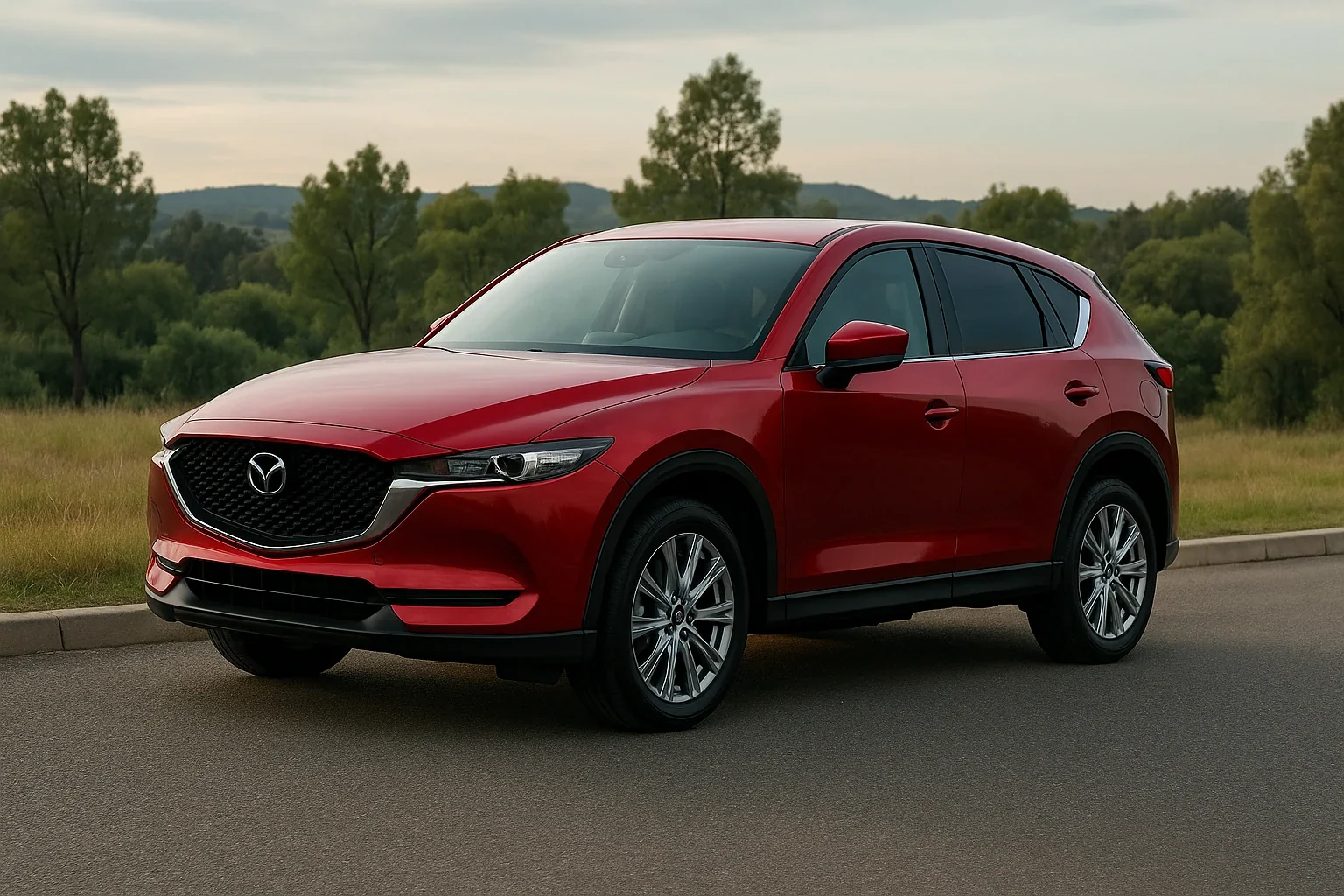
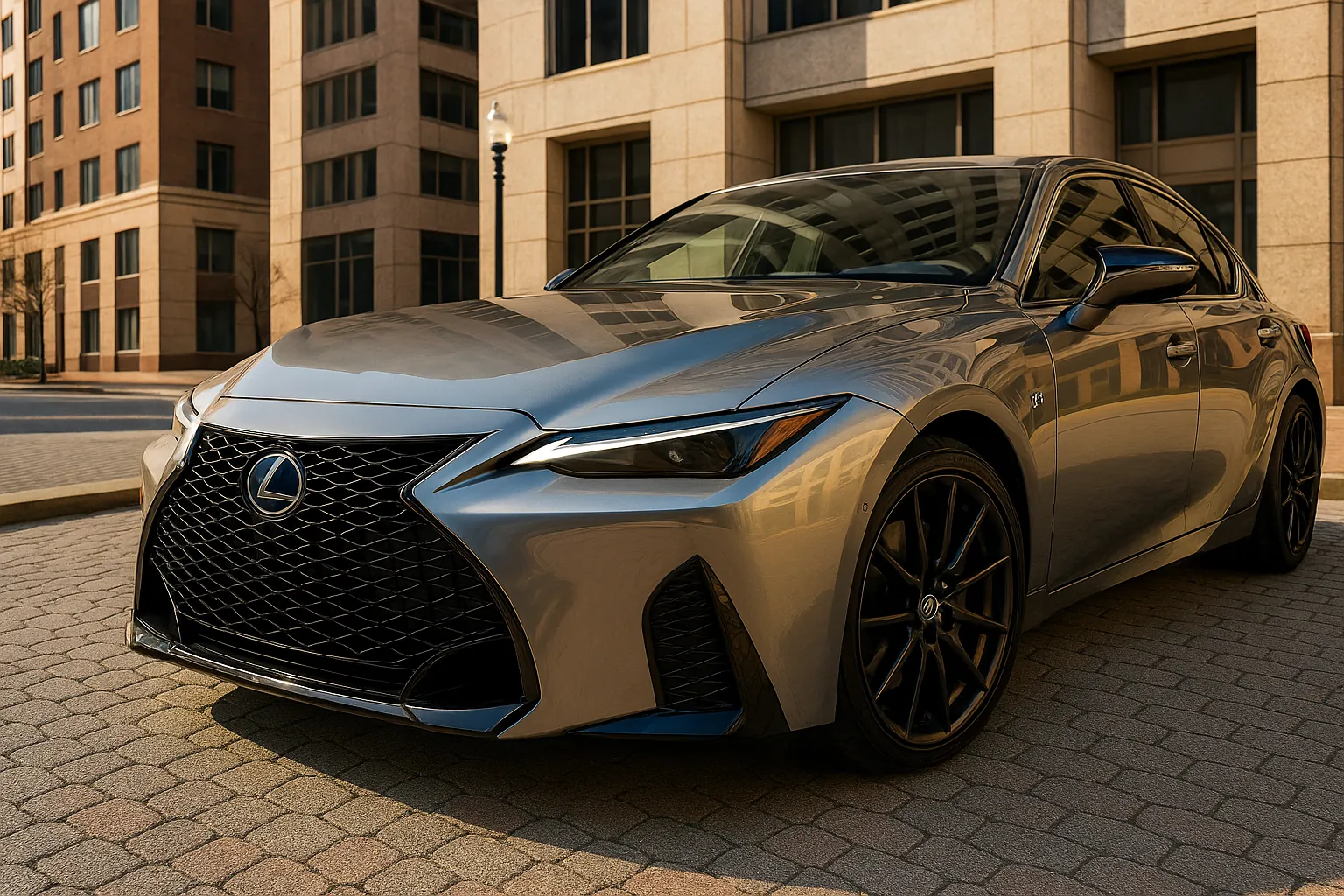

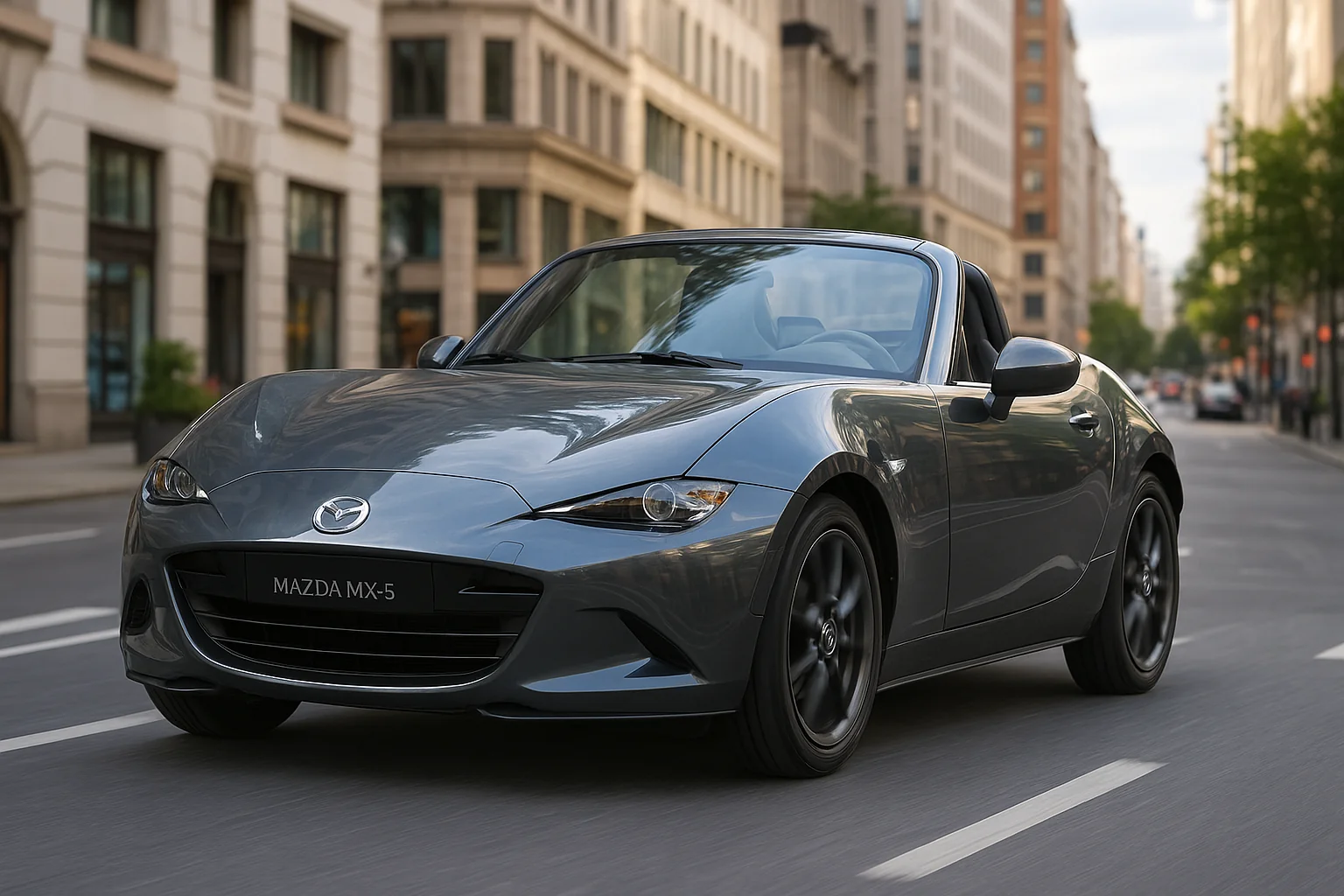
This Post Has One Comment
Pingback: 2024 Volvo XC90 Recharge Review: Smart Luxury Reimagined